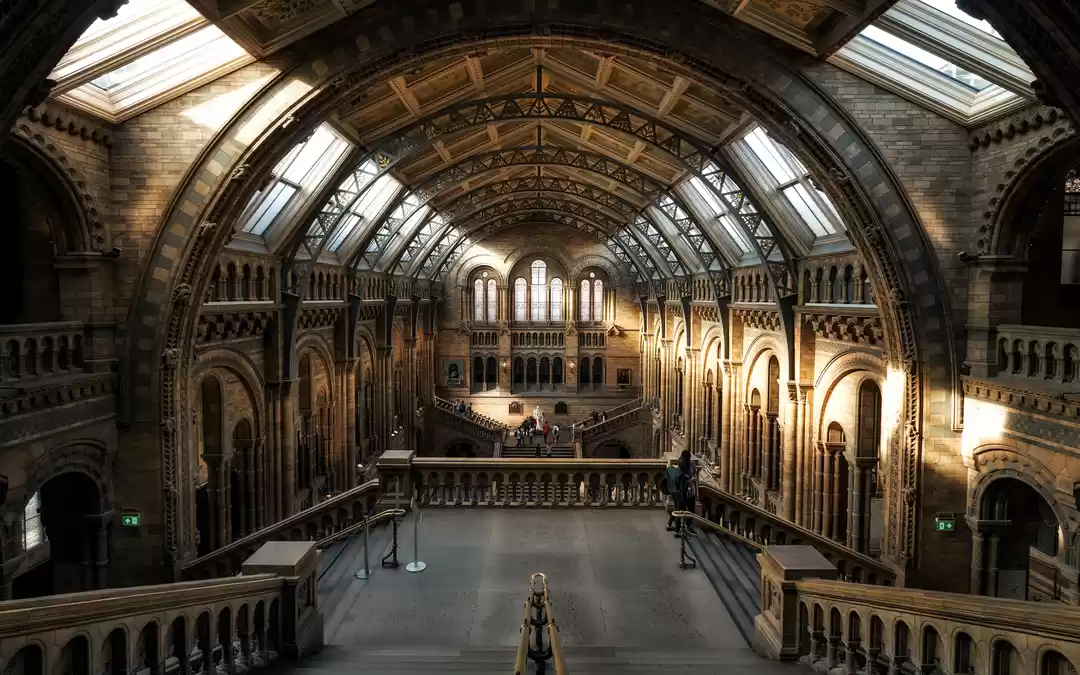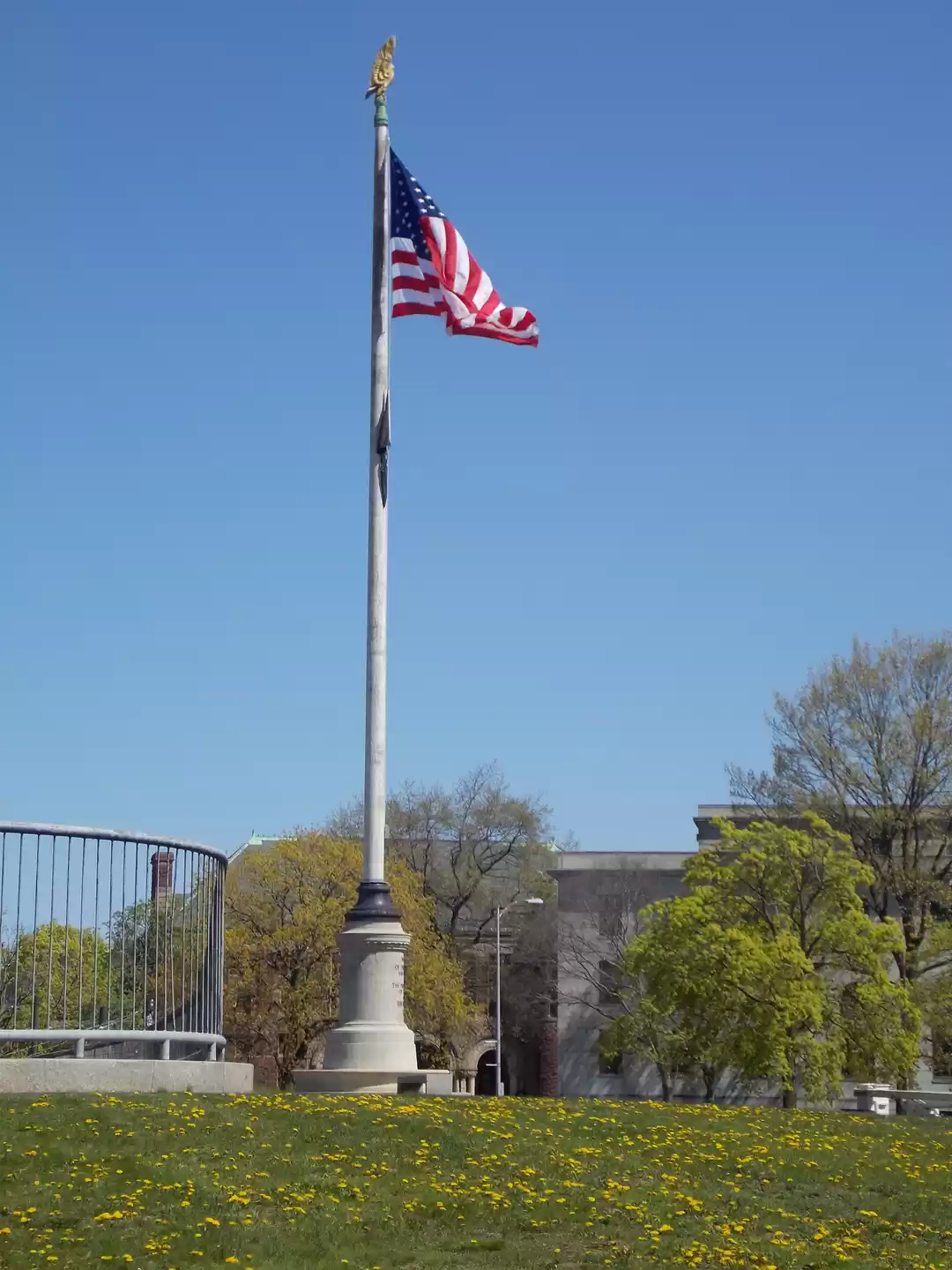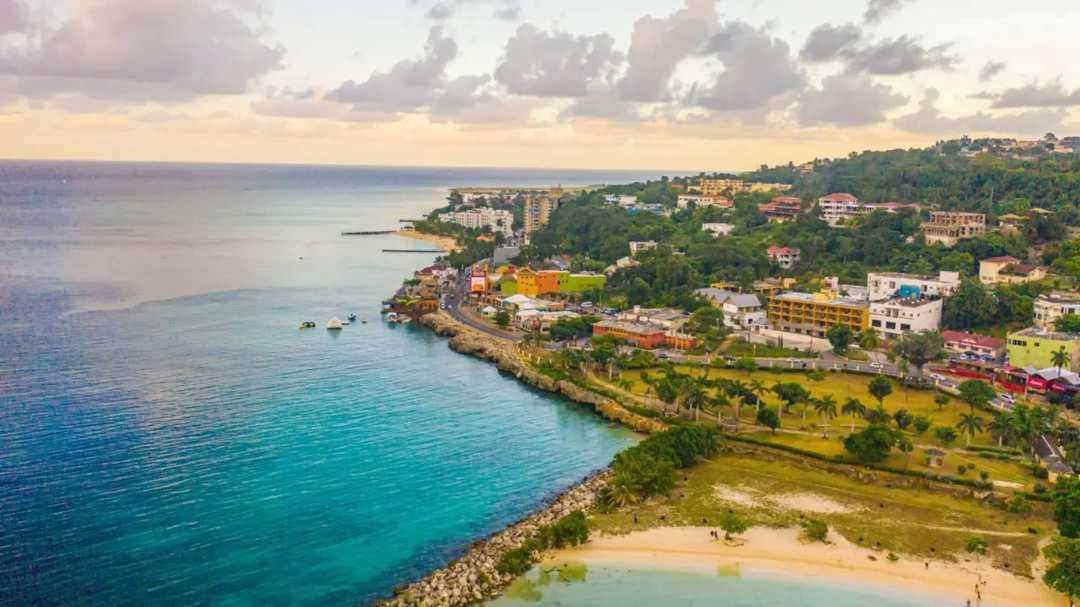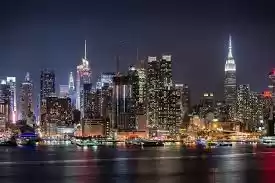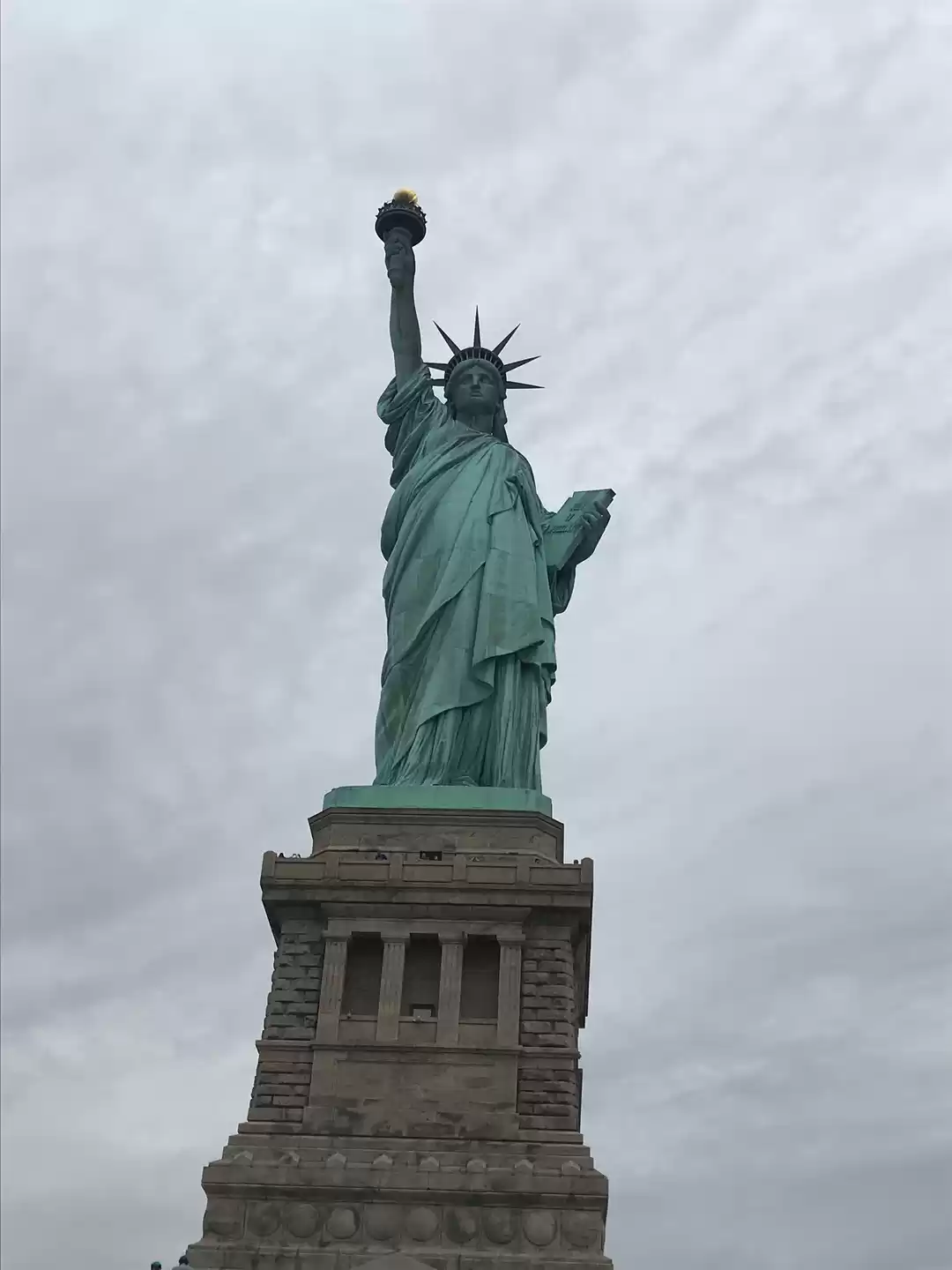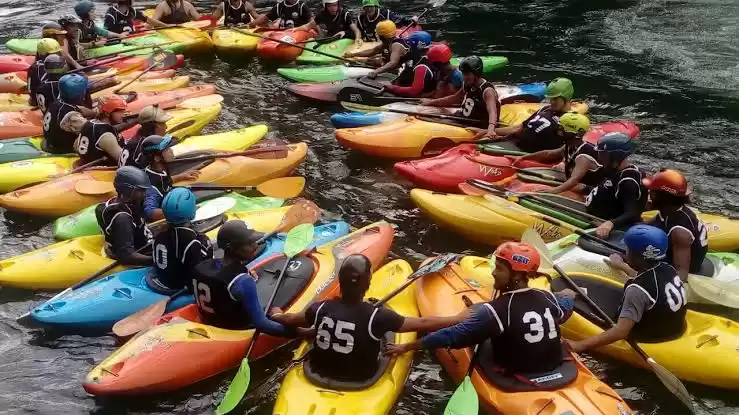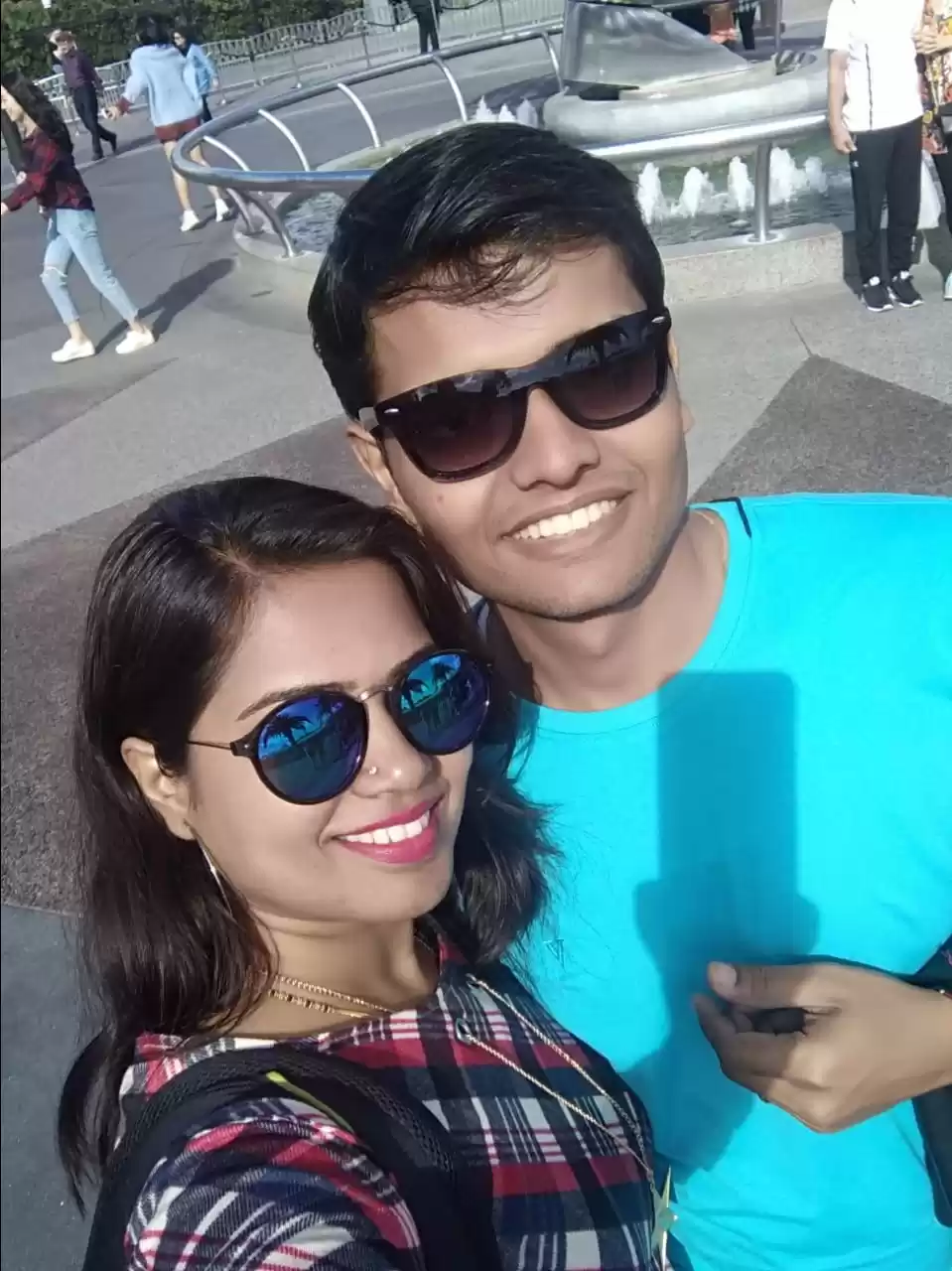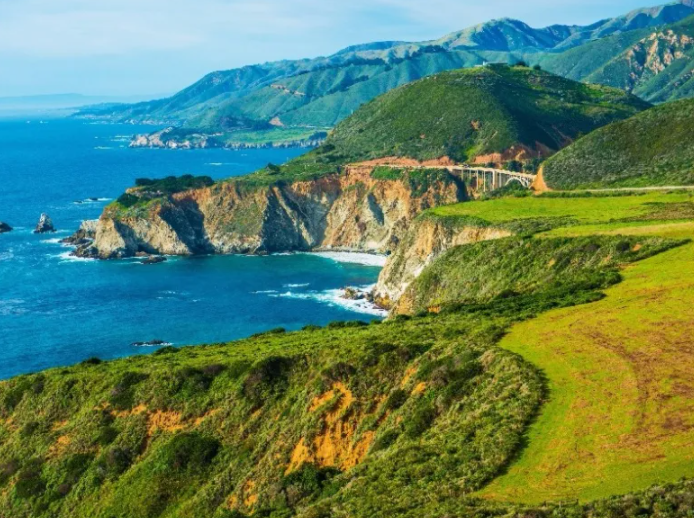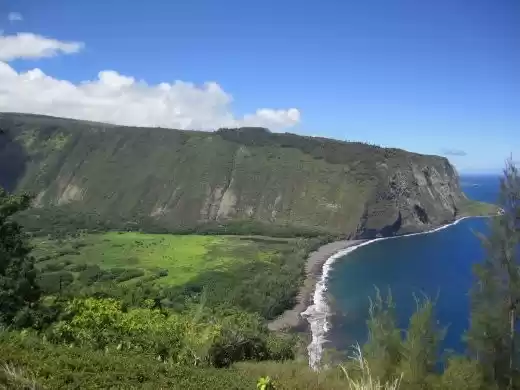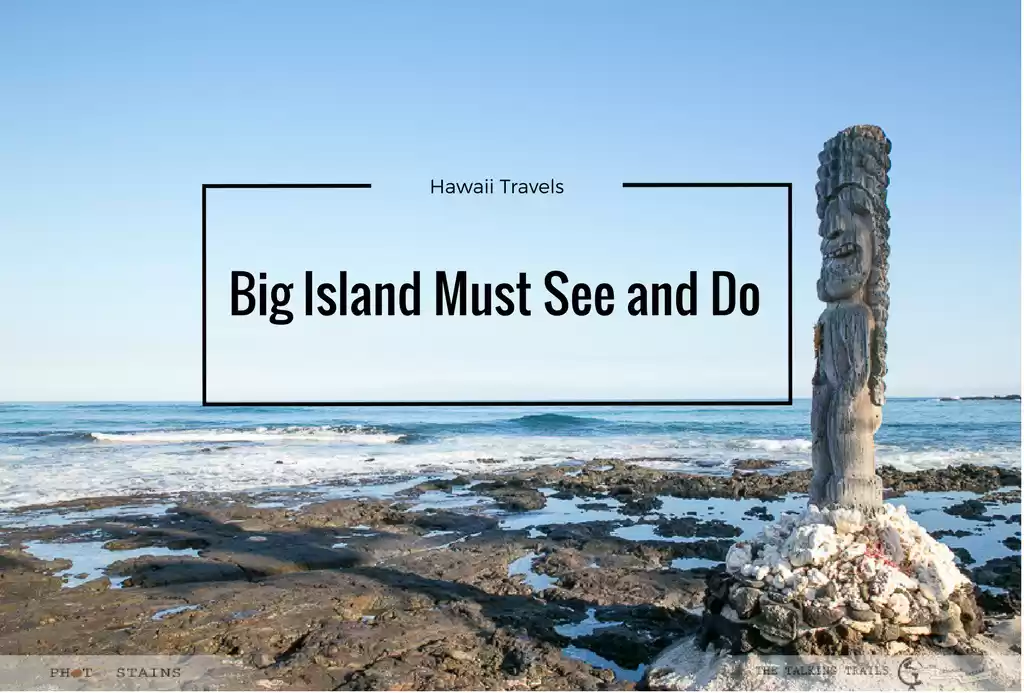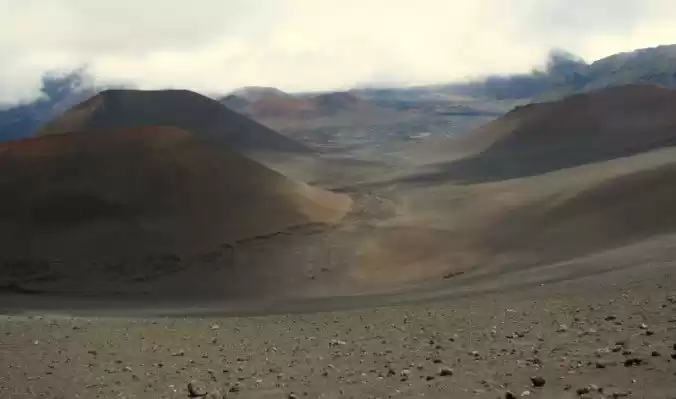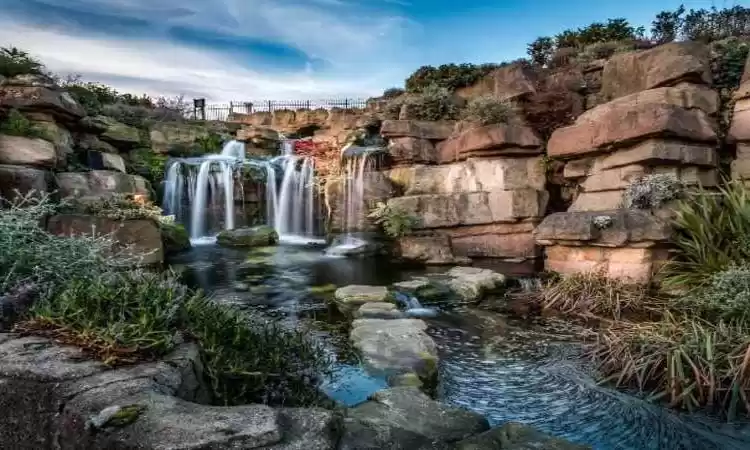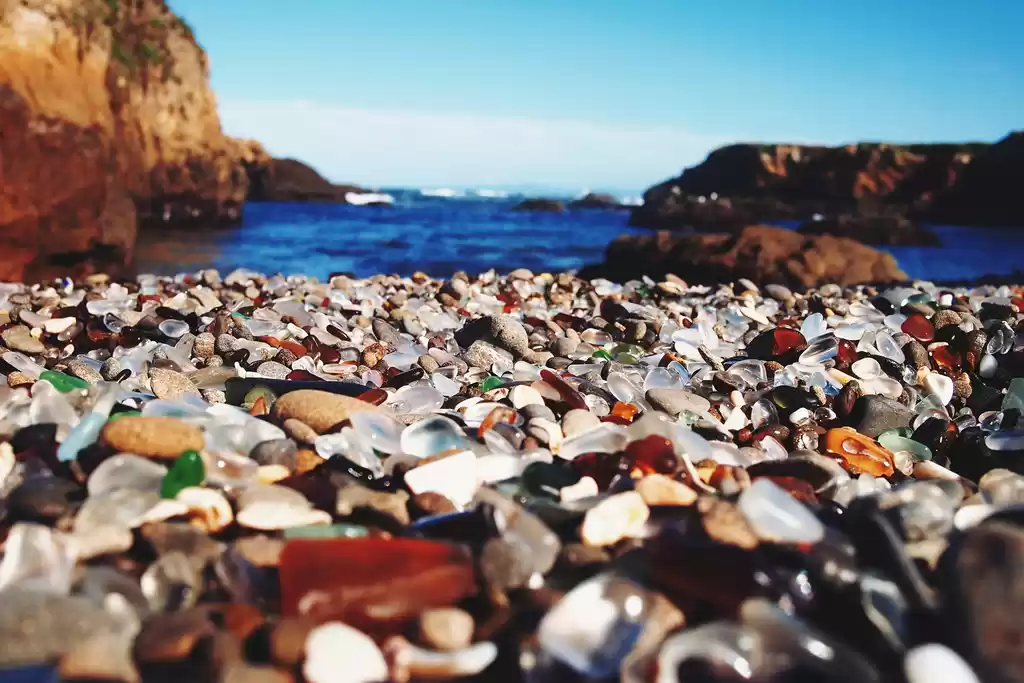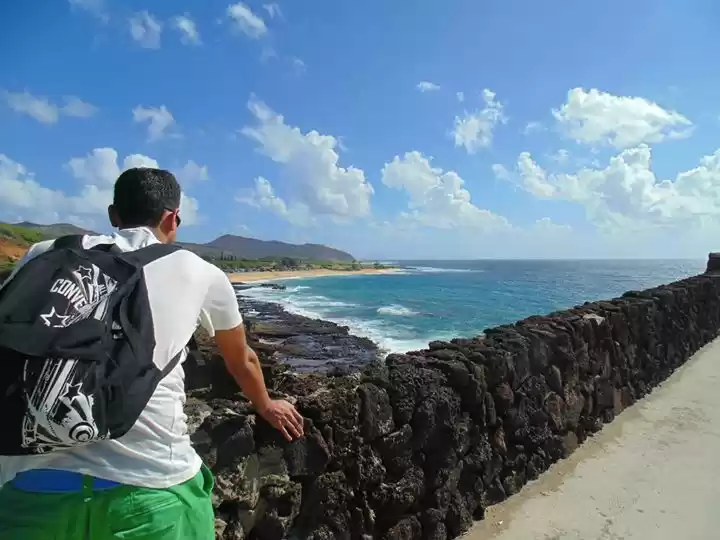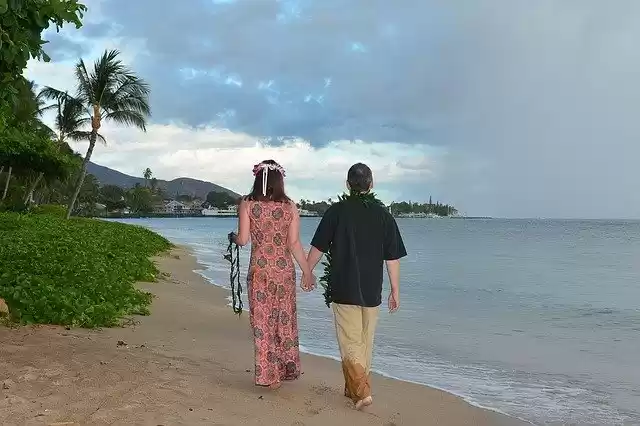The name Hawaii not only applies to the state and the entire island chain, but also to the largest of those islands.
The Big Island, as it is often called by Hawaiians, is probably best known for its nearly constant volcanic activity, but there are a number of distinctive beaches along the shoreline that are equally intriguing.
The main feature that sets these unique sun spots apart from each other is the color of the sand.
Those of us from the mainland might be thinking that all sand is basically the same, but out here in the center of the tropical Pacific that is far from the case. These islands are volcanic, and that has made for several varieties of sand.

On Hawaii, when the Big Island's two active volcanoes erupt they make black sand. Any place where the lava flows into the sea brand new land is formed, and when that molten magma hits the water the instantaneous cooling shatters the newly formed rocks into tiny grains. Voilà! Black sand.
There are many good examples of this around the island, but perhaps the best, and best known, is Punaluʻu Beach. It is such a fine specimen that it is generally just called Black Sand Beach.

Another feature of the black sand is its ability to soak up heat. It's like blacktop on a summer day, and our feet felt like we were walking on a frying pan as soon as the flip flops came off. However, being reptiles, the hawksbill and green turtles love it and can often be found basking on the warm black beach.
Another beach has sand even more unusual than the black, it's green. In fact, this phenomenon is so rare that there are only four examples in the entire world.
Papakōlea Beach is named for the kōlea bird that is often seen nearby and gets its curious coloring from the mineral olivine, a magnesium iron silicate. The crystals eroded out of the volcanic cone that forms the steep sides to the beach.
But we didn't care that much about all that, we just wanted to see the famous "Green Beach."

Turns out that is not the simplest task. Papakōlea is located on the far southern tip of the island, which also happens to be the southernmost spot in the United States, and there is next to nothing around it but open land.
That got us wondering how to get there and when we asked about this unique seashore some of the locals gave us a tip. Word was we could probably snag a ride across the fields in a four wheel drive... for a price.
So we drove our rental car to the parking lot at the end of South Point Road and sure enough, twenty bucks bought us a spot standing up in the back of a 4 Wheel Drive pickup truck. Hiking the two and a half miles to the beach is also an option, but this looked like fun.
Is hanging on for dear life fun?

It can be, like on a roller coaster. So yes, in that sense, the bounding, bucking, bouncing, and bumping all over the bed of that truck was fun. It must have been, because we were laughing our butts off the whole time.
Reaching the beach after the ride still required climbing over and down the steep sides of the volcanic crater, so we were more than ready to just lay out and relax on the sand for a while.
We are also happy to report that our driver was kind enough to take it a little easier on us on the way back.
Afterwards we learned that what we had done is not allowed. The Department of Hawaiian Home Lands has restricted vehicular traffic through the grassland, so we are not sure if the off-road entrepreneurs are always operating, but our guess would be that they usually are.

Lastly, there is the multi-colored sand of Ho'okena Beach Park. This more traditional sand formed mainly from coral, but with a smattering of lava in it too so it is sometimes referred to as salt & pepper.
Yet even this so-called normal sand has an interesting back story; it is mostly fish poop.

It's true. The vast majority of sand on any tropical beach has been run through the digestive tract of a parrot fish. They grind up tiny bits of coral as they scrape algae off to eat.
When we heard this tidbit of trivia we wanted to verify it with our own ears and yes, we have heard it on many occasions while snorkeling. Just be very still under the water near a parrot fish and the unmistakable scraping noise is quite conspicuous.
Now that we are familiar with the sound, it is almost impossible to go snorkeling without hearing the menacing munching.
But we would never let that stop us.
David & Veronica, GypsyNester.com
This blog was originally published on The Gypsynesters.



